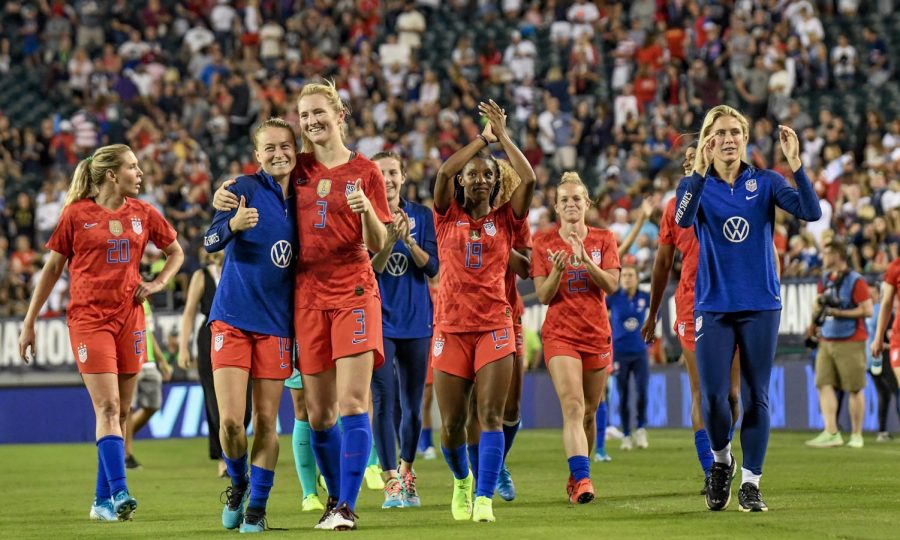Gender plays a role in sports participation
Through sports, everyone learns important life skills such as teamwork, leadership and confidence.
Physical activity helps control weight, combats health conditions and diseases, improves mood, boosts energy and promotes better sleep. Although young girls and boys enroll in sports at a similar rate, girls’ participation in sports begins to decline around age nine, and drops off sharply in the teen years. At that time, one in three girls who used to play sports have quit, compared to just one in 10 boys. This gender gap persists into adulthood.
The first reason for this is lack of access. There are 1.3 million fewer opportunities for girls to play high school sports than for the boys. This happens especially in hockey, football and baseball. Limited opportunities to play sports means that girls have to look for a sport somewhere else, where it may cost a lot of money.
In addition, despite the recent progress, discrimination based on gender identity or female athletes still persists. Girls may experience bullying, social isolation, negative performance evaluations, or the loss of their starting position.
There is also a lack of positive role models. Social media is bombarding girls’ minds with the right body type- the hourglass body shape, skinny legs, small waist and shoulders. According to that they are not supposed to have a muscular body. Therefore they drop out due to the pressure to fulfill the criteria of a “model”.
The other problem is equipment for girls- it is not always the same quality as boys’ equipment. Also, trained coaches may be lacking in their community or they may be more focused on the boys’ programs that have more money for training. Furthermore, uniforms aren’t funded for many girls’ programs at the same levels as boys’ programs, so they have to pay extra for clothes and their ability to grow and enjoy the sport is diminished. In short, sports just aren’t “fun” any more.
| Percentage of individuals reporting weekly sport participation: | ||
| Age group | Boys/Men | Girls/Women |
| 6-8 | 52 | 55 |
| 9-12 | 68 | 58 |
| 13-15 | 64 | 47 |
| 16-18 | 56 | 38 |
| 19-23 | 49 | 25 |
| 24-31 | 43 | 21 |
| 32-38 | 34 | 20 |
| 39-54 | 25 | 15 |
| 55-63 | 25 | 13 |
Source: Canadian Women & Sport, The Rally Report, (2020)
Girls can more easily identify with female coaches, who can fight negative cultural messages and show girls that they belong in sports. We should support females in sport, as athletes, but also as coaches. A lot has already been done for gender equity, but it is not enough. We have to encourage girls to participate more, otherwise they will not be improving as much as they are supposed to. Female athletes are at the top of their game right now, but they are still not receiving the support that men do.







